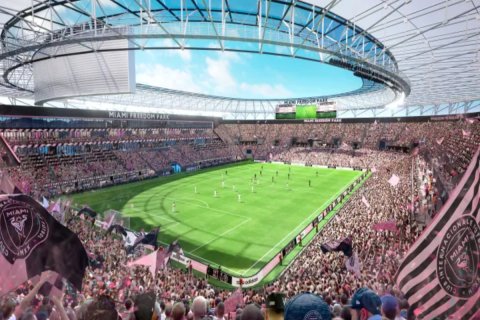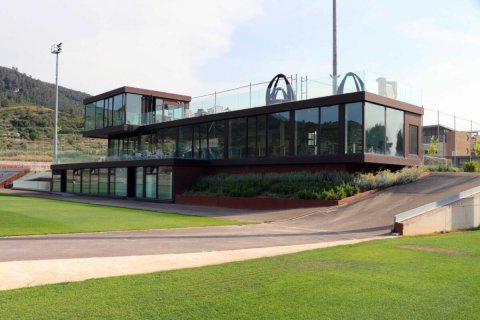In the fast-growing world of U.S. soccer, customized stadiums are redefining how fans connect with the beautiful game, blending innovation with immersive experiences.
Tailored Soccer Stadiums Redefining the Fan Experience in the U.S.
Soccer in the U.S. has evolved rapidly over the past decade, driven by the success of Major League Soccer (MLS), the rise of international competitions, and an expanding fan base. As the sport gains traction, one area ripe for transformation is the design and functionality of stadiums. Unlike traditional multi-purpose venues, customized soccer-specific stadiums are becoming a hallmark of the sport’s growth, delivering personalized experiences for fans and elevating team identities.
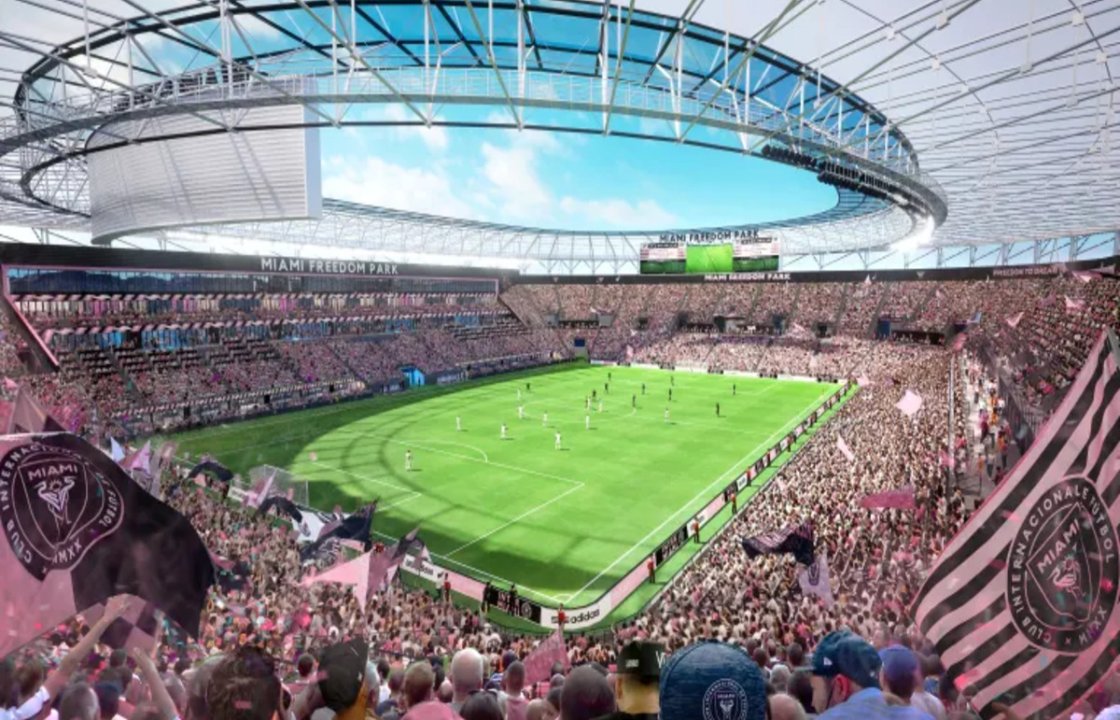
The fan experience is no longer confined to the game on the field; it begins the moment supporters enter the stadium. Customized stadiums cater to this expectation by focusing on a unique architecture that reflects team identity, cutting-edge technology, and modern amenities. Teams like Austin FC and Inter Miami CF have embraced stadium designs that mirror their cities' cultures, creating pride and a deeper connection with their communities. Vibrant facades, distinctive seating arrangements, and team branding ensure these spaces become landmarks for fans and tourists alike.
Technology also plays a pivotal role in enhancing fan engagement. High-speed Wi-Fi networks, mobile applications for seamless ticketing and concessions, and interactive screens keep fans connected and involved throughout the match. Some stadiums even integrate augmented reality (AR), offering virtual replays and detailed player stats to immerse fans further in the action.
Amenities in modern soccer stadiums are designed to cater to diverse audiences. From premium suites for corporate guests to standing-only sections for passionate supporters and family-friendly zones, these spaces ensure everyone can enjoy the game in their own way. Many stadiums also prioritize inclusivity by incorporating features that make the experience accessible to all fans, regardless of physical ability.
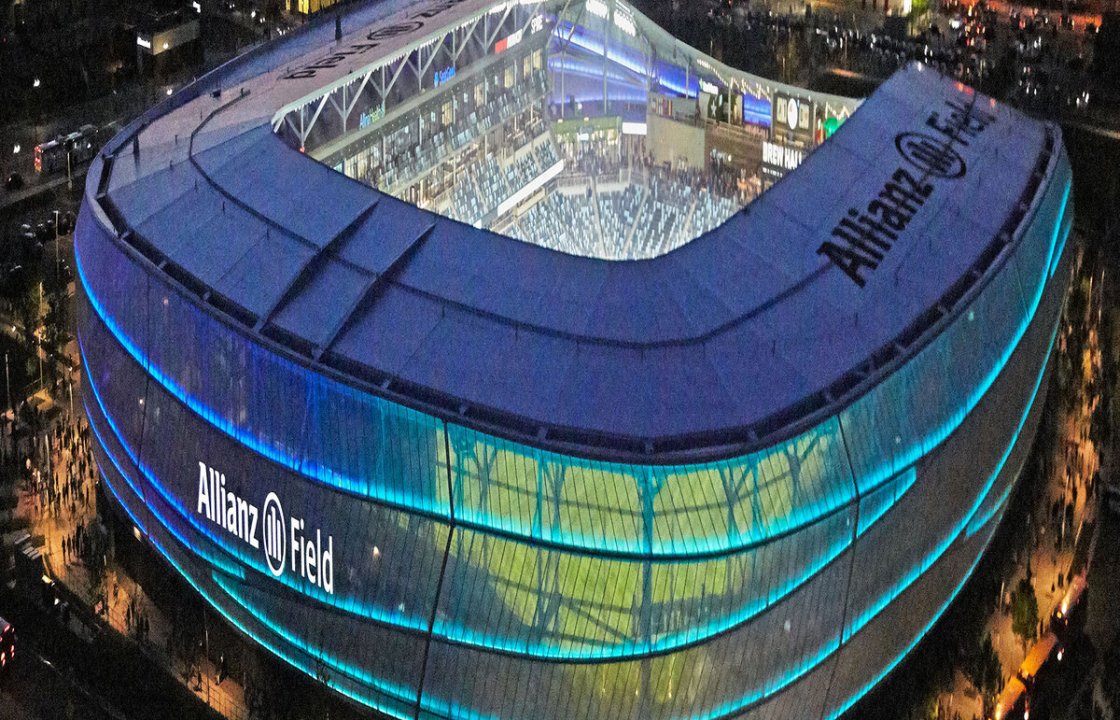
In the U.S., sustainability is becoming a cornerstone of modern stadium design. Clubs are increasingly using eco-friendly materials, implementing solar energy systems, and adopting water conservation measures. Allianz Field in Minnesota is a prime example, incorporating rainwater capture for irrigation and relying entirely on LED lighting to reduce its environmental impact. These initiatives appeal to eco-conscious fans while positioning soccer as a leader in sustainable sports innovation.
Beyond the game itself, customized stadiums are creating immersive fan zones that make attending a match an all-encompassing experience. These zones often highlight local culture, with food and beverage options that showcase regional specialties, giving fans a taste of the community’s identity. Interactive experiences, such as virtual penalty shootouts or museum-style exhibits detailing the team’s history, further engage supporters. Additionally, retail spaces featuring exclusive merchandise allow fans to take home a piece of the match-day experience. Together, these elements transform the stadium visit into a memorable outing that resonates with fans of all ages.
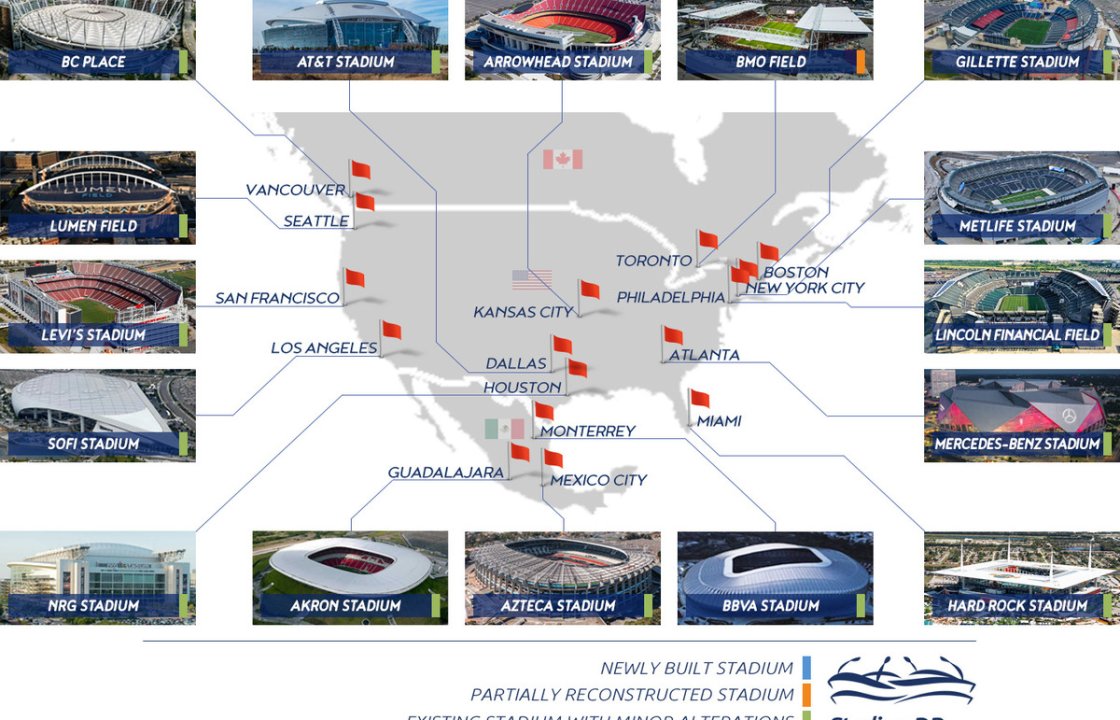
With the FIFA World Cup 2026 set to take place across the U.S., soccer stadiums are preparing for an unprecedented influx of international fans. This global event will serve as a showcase for the country’s modernized soccer infrastructure and highlight the role of customized stadiums in delivering world-class experiences. As cities prepare by renovating existing venues or building new ones, the tournament will likely set the standard for how future soccer stadiums are conceived and constructed.
Customized soccer stadiums in the U.S. represent more than architectural achievements; they symbolize fan-first thinking, technological advancement, and cultural pride. These venues are poised to play a pivotal role in the growth of soccer, providing unforgettable experiences and strengthening the connection between teams and their supporters. As the sport continues to rise in popularity, the commitment to innovation and inclusivity in stadium design will ensure soccer thrives in the hearts of American fans, one extraordinary match day at a time.

